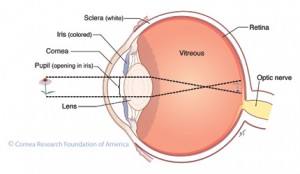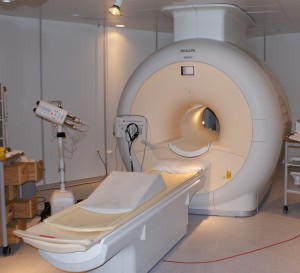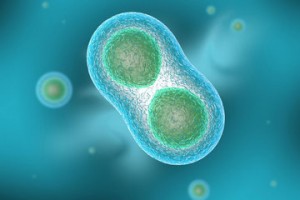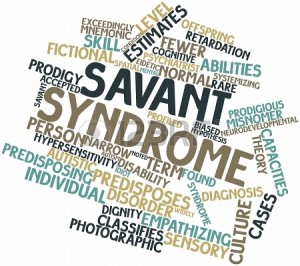According to Statistics Netherlands, more than 60% of population wear glasses or contact lenses due to their poor vision, and the rate of people wearing glasses or lenses is keep rising. The vision changes are often caused by presbyopia, cataracts, and glaucoma, and people may have a blurred eyesight as a result of these problems. They wear glasses or contact lenses to adjust their vision, but it is uncomfortable in many ways because it costs money, takes time to wear, and slides down a lot. Therefore, theses days, high number of populations get LASIK surgery to fix their vision and to get free from wearing glasses or contact lenses.
LASIK stands for laser-assisted in situ keratomileusis, and it is commonly known as laser eye surgery or laser vision correction. For a better understanding of LASIK surgery, knowing how our eyes work is important; the cornea of the eye refracts the light rays entering so that the light rays can pass through the pupil, and then retina receives the image. The cornea plays an essential role in this process because it initially refracts the light rays and focuses the image to retina of our eyes. Thus, if the cornea is unable to function properly, it is said that one has a poor, blurred vision.
LASIK surgery is a great way to fix this problem because it is a surgery that reshapes the cornea when the cornea cannot focus the image accurately anymore. Generally, laser and microkeratome are used to perform the surgery, and the procedure is very simple:
1. a thin, circular flap is created in the cornea with the use of microkeratome
2. the hinged flap is folded back for an access to the underlying cornea
3. some of the tissue of cornea are removed with a highly-specialized laser to reshape the cornea.
4. cover the cornea with the flap again

Likewise, LASIK surgery is a very simple process that takes less than 10 minutes, but it lasts forever. After the LASIK surgery, there is no need to worry about having blurred vision anymore. Also, it is a safe surgery, therefore the risk of side effects is almost negligible. Would you like to spend 10 minutes of your life for a clear new vision that will lasts forever?
References:
All about vision: The LASIK Procedure
National Keratoconus Foundations: How the eye works?
by Sungbin Choi



















